Upon entering the 8th World Bonsai Convention in Saitama, visitors are greeted by a large juniper called Hiryu, or, Flying Dragon.
Hiryu, Flying Dragon
I’d seen photos of the tree ahead of the event and hadn’t been wowed, but seeing the huge tree in person made it clear that it deserved to be the logo tree for the convention.
Hiryu from the side
Hiryu is estimated to be around 1,000 years old, though it was only collected from the mountains around Itoigawa City in 1983.
To get a sense of the size of the tree, see the photos below from when the tree was collected, and later once it was under the care of Saburo Kato.
The story of Hiryu
After appreciating Hiryu, visitors passed through a corridor detailing the history of bonsai which opened into a display of trees from the Imperial Palace. Just beyond this, several well-known bonsai were displayed in a garden-like setting.
Bonsai on display in the Japanese Masterpiece special exhibition
Red pine with rare Tsuzure kawa bark
Japanese hackberry
One of the more famous trees in this area was a Japanese black pine that survived the attack on Hiroshima. The tree was growing just 3km away from ground zero and was protected by the walls surrounding the garden.
Japanese black pine
Japanese white pine, Zuishou
The exhibit also included one of Saburo Kato’s famous ezo spruce plantings. The composition is about 5′ wide.
Ezo spruce
The last tree in display in this exhibit was a Japanese black pine that was featured on TV in Japan as a “Million Dollar Bonsai.” It’s estimated by be around 600 years old.
Million dollar bonsai
From this point visitors could enter the main exhibit. Just how many visitors? 45,513.
The event was a huge success for the Japanese Bonsai Association. The team behind the exhibit was very happy to see visitors from so many countries come and enjoy the bonsai and suiseki on display and they were particularly delighted to welcome thousands of young visitors, belying the notion that bonsai is most prized by older enthusiasts.
The convention was a bit hit in Japan where over 40 media outlets covered the event, including lots of live coverage on local stations. This coverage bought many people to the exhibit, who then shared photos of their visits which in turn encouraged more visitors to attend. It was an awesome ripple effect.
Coordinating with the many outside organizations who contributed to the convention was well outside of the Japanese Bonsai Association’s core mission which makes the accomplishment that much more impressive. Hats off to everyone to help make the event such a success!
Before wrapping coverage from the event, I’ll share photos of some of the shohin bonsai on display. Tune in Friday for photos of some fantastic small-sized bonsai!
Subscribe to Bonsai Tonight
New Posts Delivered Every Tuesday and Friday

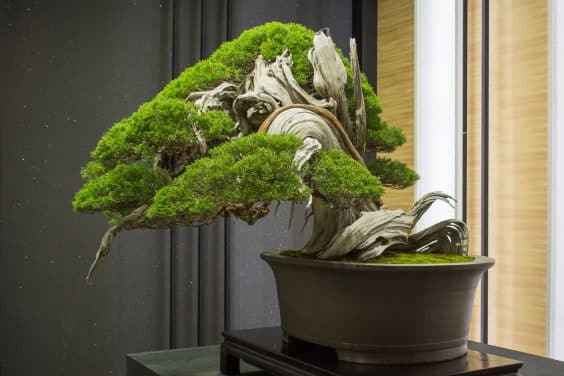
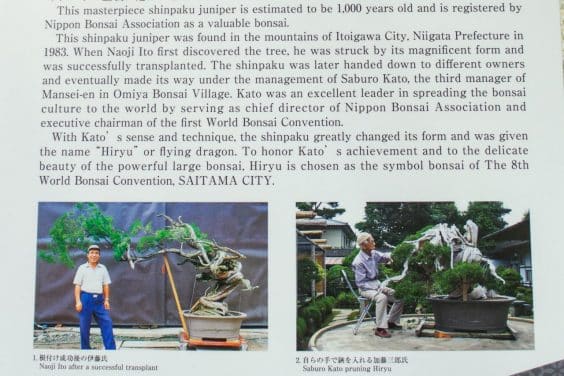
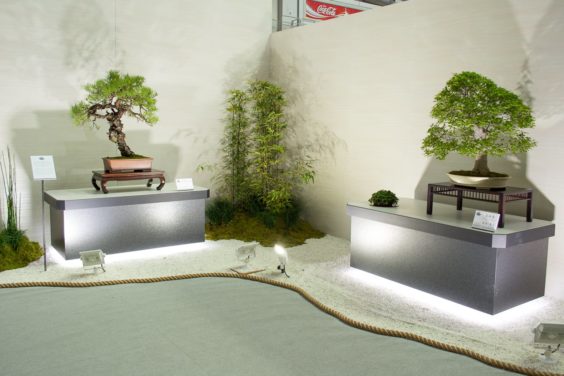
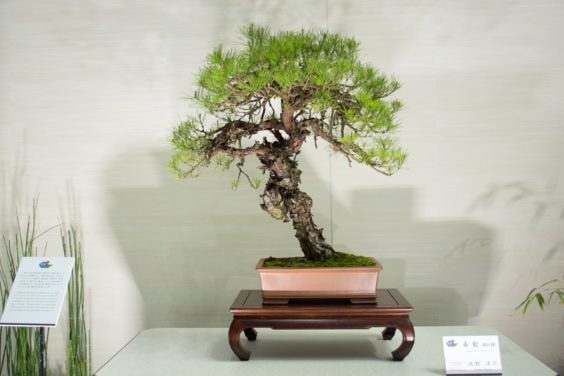
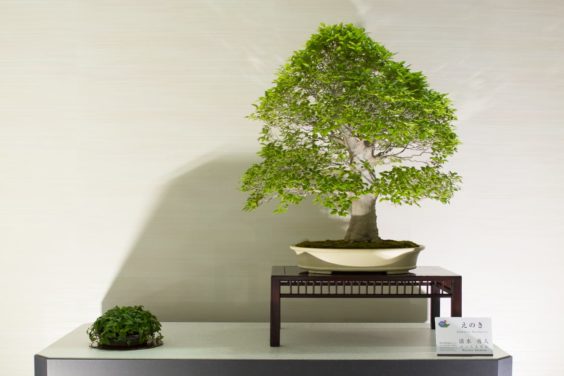
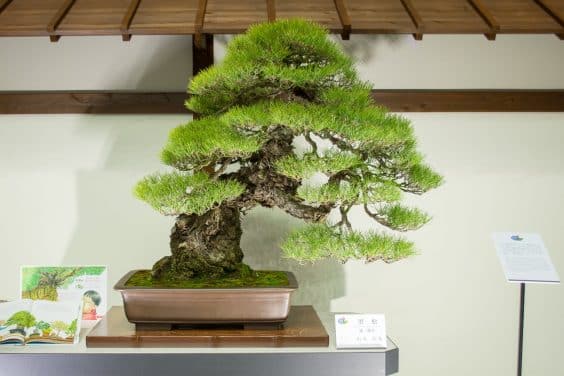
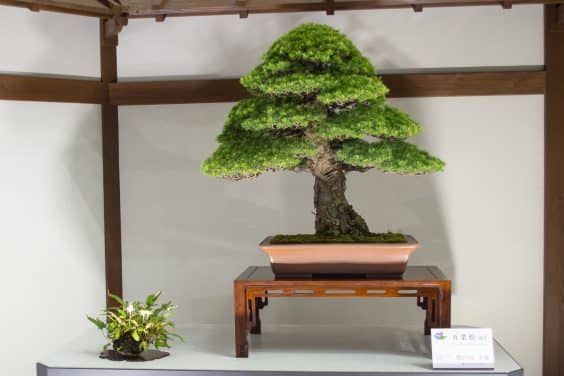
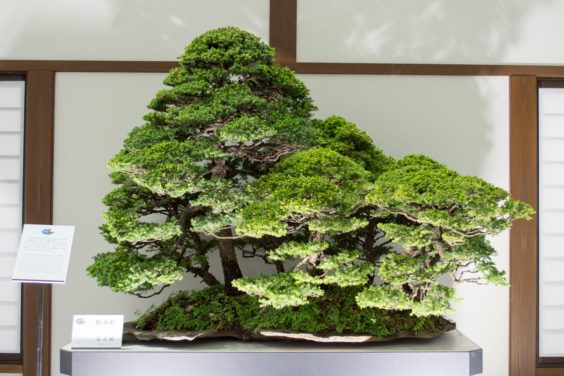
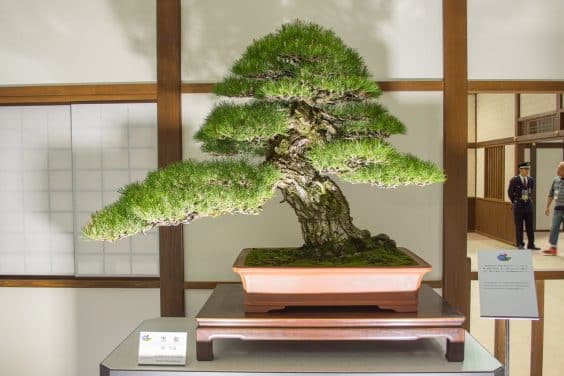
John says
Thanks for sharing. I love the Hiroshima pine, and a couple of the others, but the dragon, to me, is not that impressive. It is big, but the styling is kinda “cookie cutter “.